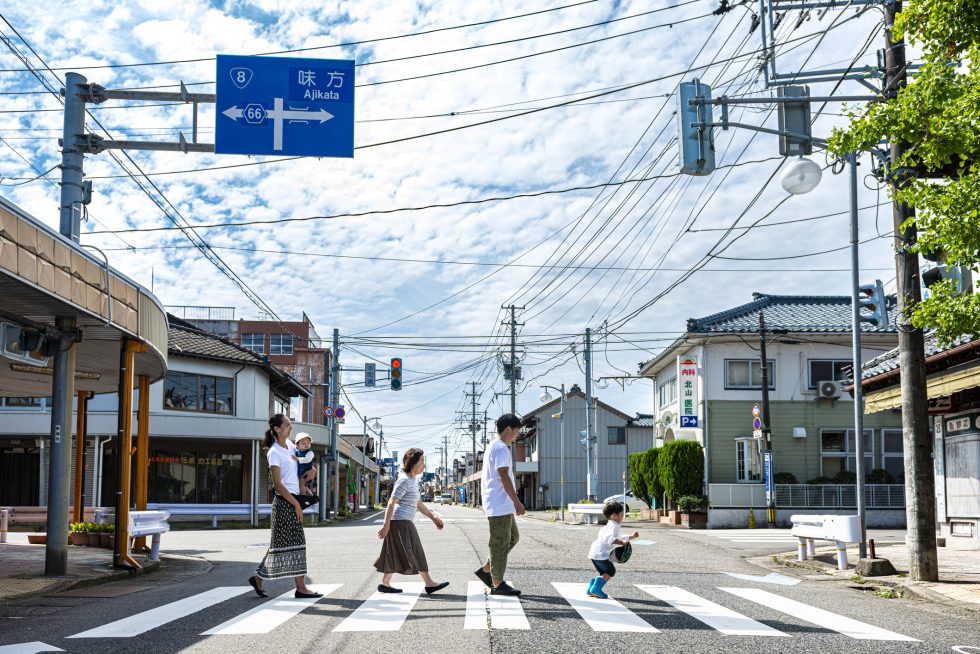 Getty Images
Getty Images Between 1970 and 2016, Chinese couples could only have one child. The reason behind the government’s measure was to control demographic growth. Now, the country is facing the opposite challenge: to encourage their population to have more children.
This is because the birth rate has been falling year after year. According government numbers, China’s population fell from 1,412 billion in 2022, to 1,410 billion in 2023, that is a reduction of almost 2 million people.
A fall in the number of births results in an aging of the population. “When a population gets older, it produces less and starts consuming more”, says Ricardo Teixeira, coordinator of the MBA in financial management at Fundação Getulio Vargas (FGV). In other words, the number of economically active citizens (who generate wealth) decreases and the number of people retired (who demand more health services) increases.
To reverse this situation China has been announcing measures to stimulate births since 2022. Now, couples can have up to three children and local authorities are increasing incentives for young couples who have children, including access to housing, work, education, health insurance and tax reductions.
This is not happening only in China
Other Asian countries face the same problem. South Korea recorded the lowest birth rate in the world last year at 0.72%. This means that Korean women have on average, 0.7 children throughout their life. This number is far below the population replacement rate of 2.1, which is the ideal number of children that couples should have to keep the number of inhabitants stable.
To reverse this situation, the government and companies have been encouraging people to get pregnant. Booyoung Group, a construction company, announced that it will pay 100 million Korean won ($75,000) to each employee — male or female — who has a child.
The same is happening in Japan, where one in every ten people is 80 or over. The percentage of citizens above the age of 65 is 29,1%, and the number of births is not increasing: there were 758.631 births in 2023, a number which is 5,1% lower than that of 2022. In the quest for more babies, the country announced a 25 billion dollar package (127 billion reais) that includes financial support for children’s education, flexible working hours and leave for parents.
Global challenge
Although the situation in Asian countries is more critical, aging population is a global phenomenon. According to the United Nations (UN), the number of inhabitants aged 65 or over on the planet will more than double by 2050, from 761 million to 1.6 billion.
In Brazil it is no different. In the 2022 Census, the total number of people aged 65 or over reached 10.9% of the population, compared to 7.4% in 2010. The median age, which is an indicator that divides the population between the youngest 50% and the oldest 50% rose from 29 years old in 2010 to 35 years old in 2022, which shows that yes, we are getting older.
SOURCES: NEXO, G1, CNN, BBC, FOLHA DE S.PAULO, isONU, O GLOBO AND AGÊNCIA BRASIL.








